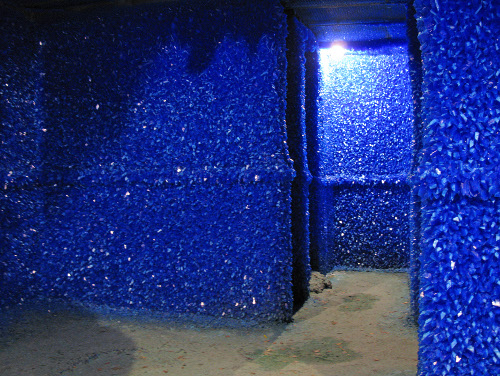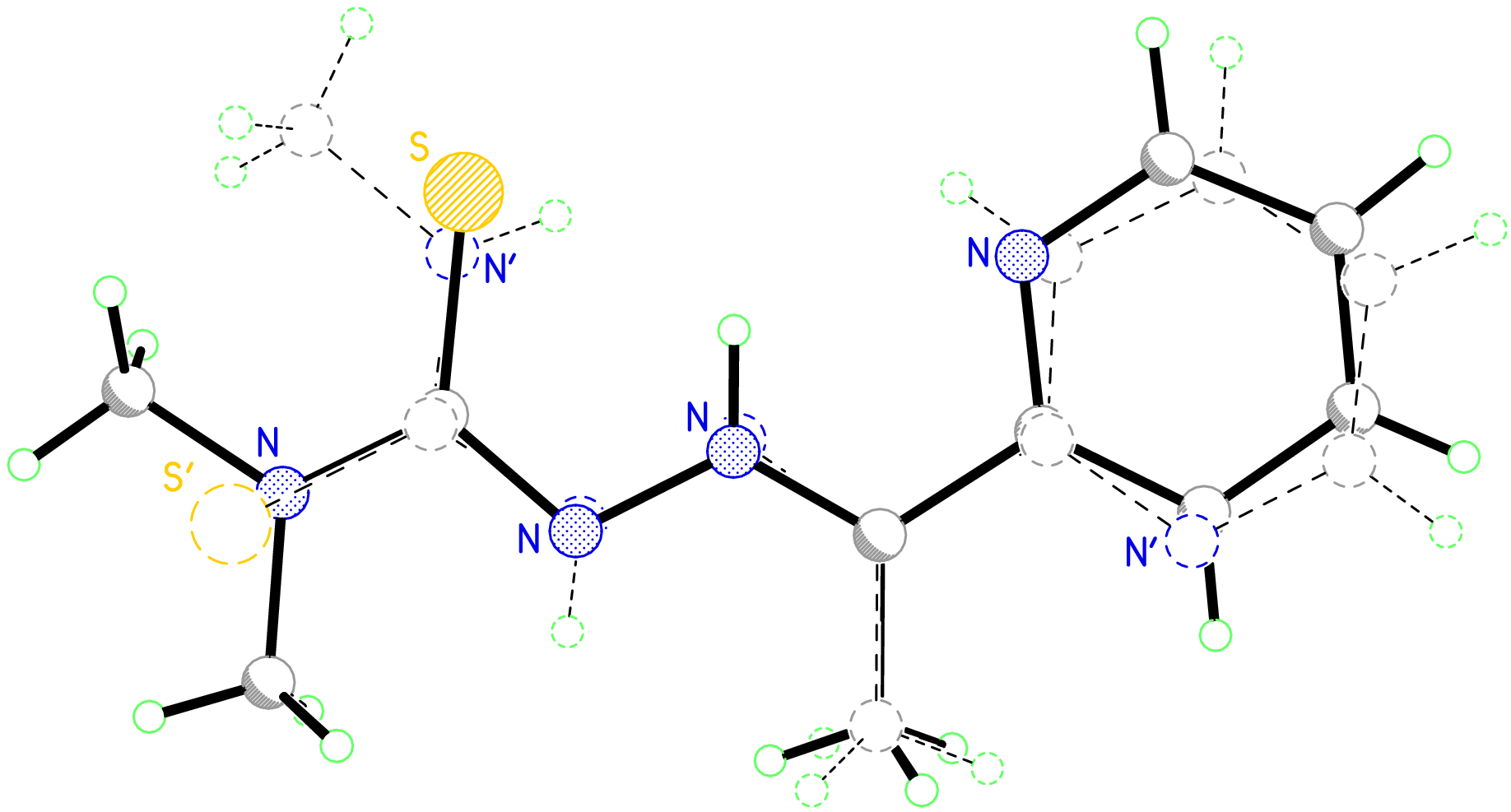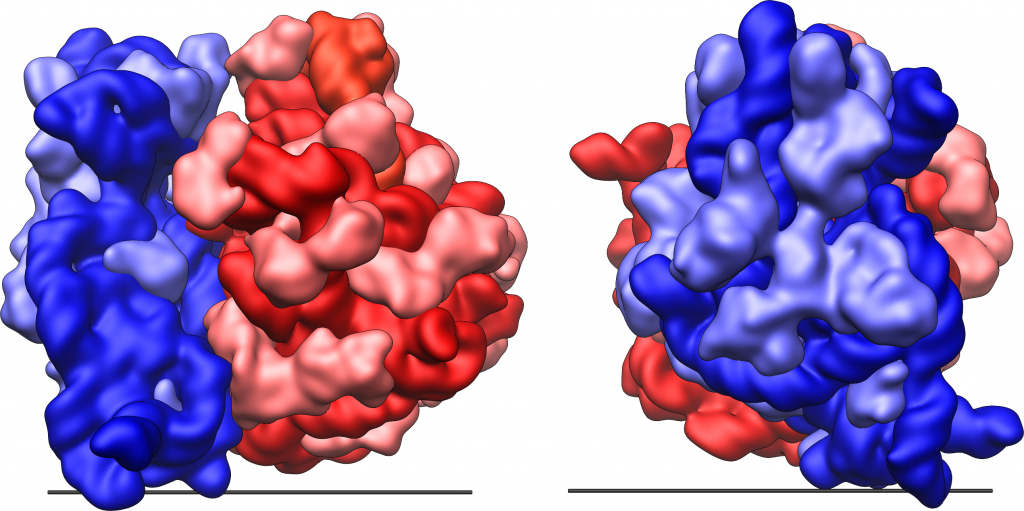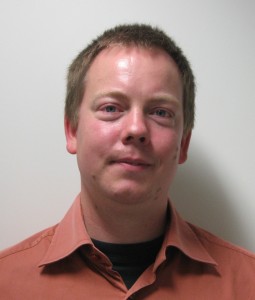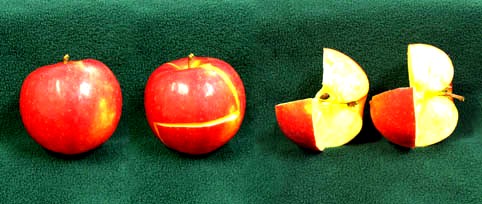A dreary, grey, condemned, 1960s low-rise council flat is an unusual place to find one of the most beautiful pieces of crystallographic art in the UK. “Seizure” was constructed by transforming the flat into a watertight tank, into which 70,000 litres of hot copper sulphate solution was poured. After three weeks of patient waiting, and cooling, the mother liquor was removed to reveal a spellbinding, blue, crystal garden. Fortunate visitors to this spectacular exhibit were entranced to behold a magical kingdom of exquisite azure crystals – everyday objects such as light fittings and baths transformed into coruscations of brilliance…
- A report on the installation from the BBC news website.
- Crystal growing experiments
- Information (including pictures, 3D chemical structure and toxicological information) about Copper Sulphate from Wikipedia
